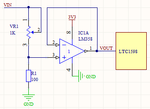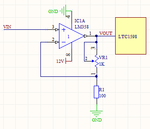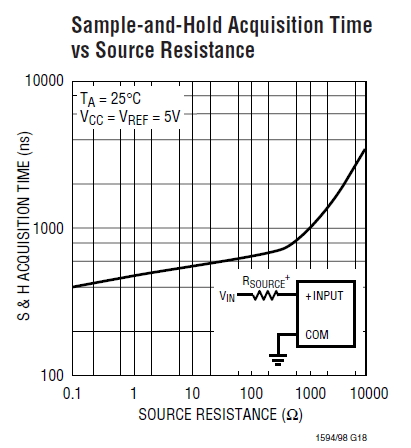letrongdtk4
Newbie level 5
Hi all,
I need measure 16 channel 0-10V or 4-20mA.
I use LTC1598 with VCC = 3V3 and Vref = 2V5
Now, i want convert be 0-2V.
I have two ways to do this.
You can see in the attached file
But, i don't know a better way
What are good OPAMP ?
Thanks,
I need measure 16 channel 0-10V or 4-20mA.
I use LTC1598 with VCC = 3V3 and Vref = 2V5
Now, i want convert be 0-2V.
I have two ways to do this.
You can see in the attached file
But, i don't know a better way
What are good OPAMP ?
Thanks,





